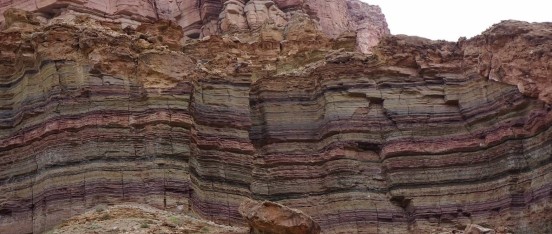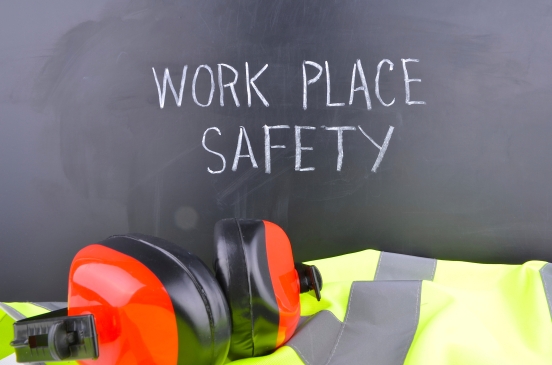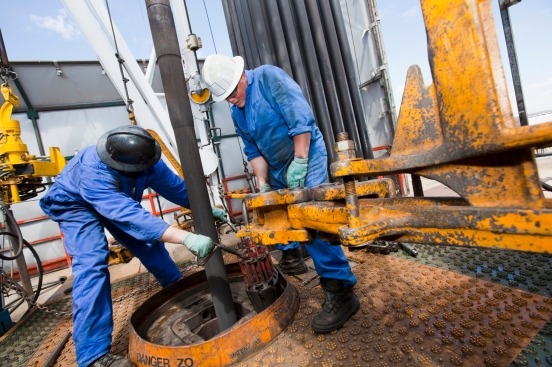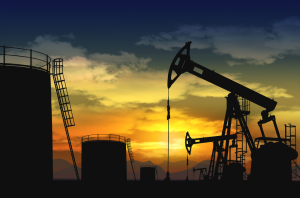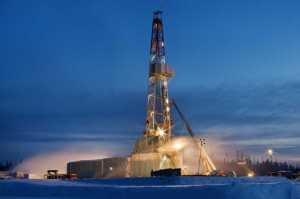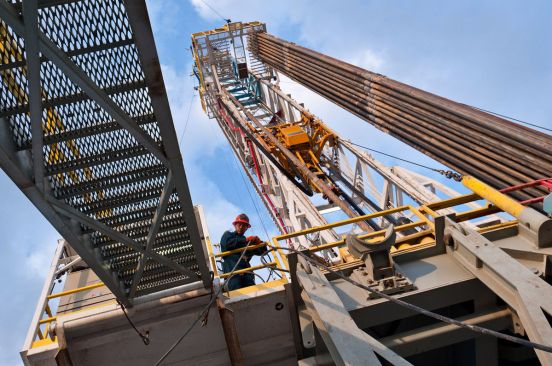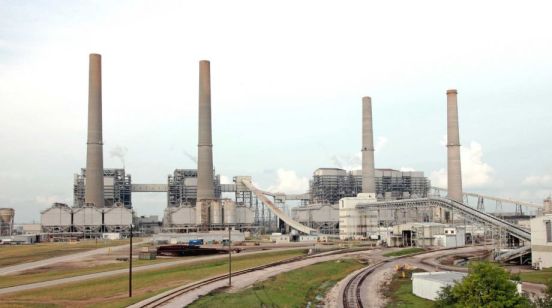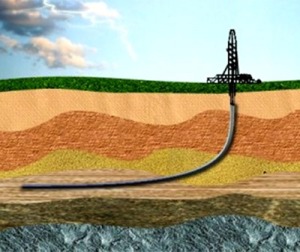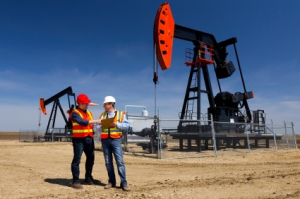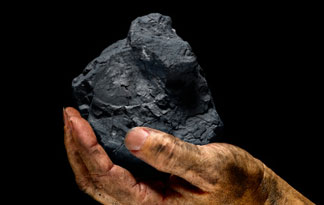The options available for oil platforms today have allowed drillers to explore and extract oil farther offshore and at greater depths. The depth of the oil reserve from the surface of the ocean would determine what type of platform would be most suitable.
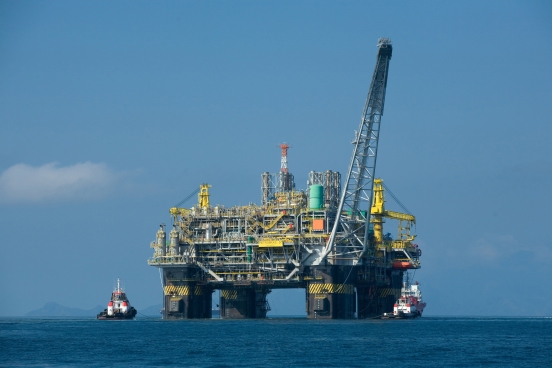
Image source: Wikipedia.org
A fixed platform is usually built for oil reserves that are up to 1,500 feet deep into the ocean. The steel stronghold is anchored onto the seabed to support the deck above the water where the drilling equipment and crew quarters are set. It is primarily used for shallow but large oil deposits.
For exploration at shallow depths, a modification to the fixed platform is a jack-up rig, where the structure is similar, only that the height of the legs can be adjusted once the floating platform is towed to different locations and then raised from the water surface.
Floating production systems such as semisubmersible rigs are used for depths up to 6,000 feet. The semisubmersible rig floats offshore on hollow columns which, when filled with water, would partially submerge the rig that is held in place by anchors or computer-coordinated thrusters.

Image source: Pinterest.com
Subsea systems such as drill ships submerge platforms directly on the seabed that is 7,000 feet deep, siphoning oil to the surface through pipes.
Primera Energy LLC, a leading oil and gas company based in Texas, is founded and headed by Brian Alfaro. Learn more by visiting this Twitter account.

